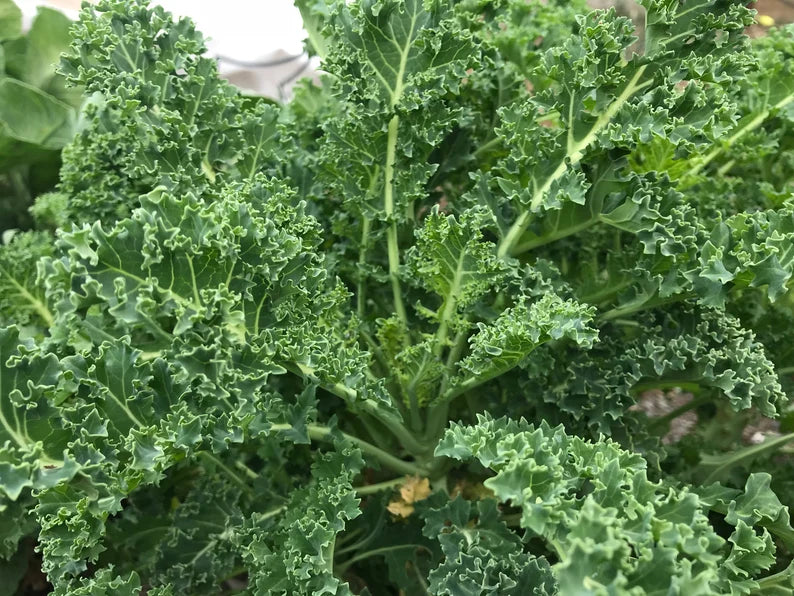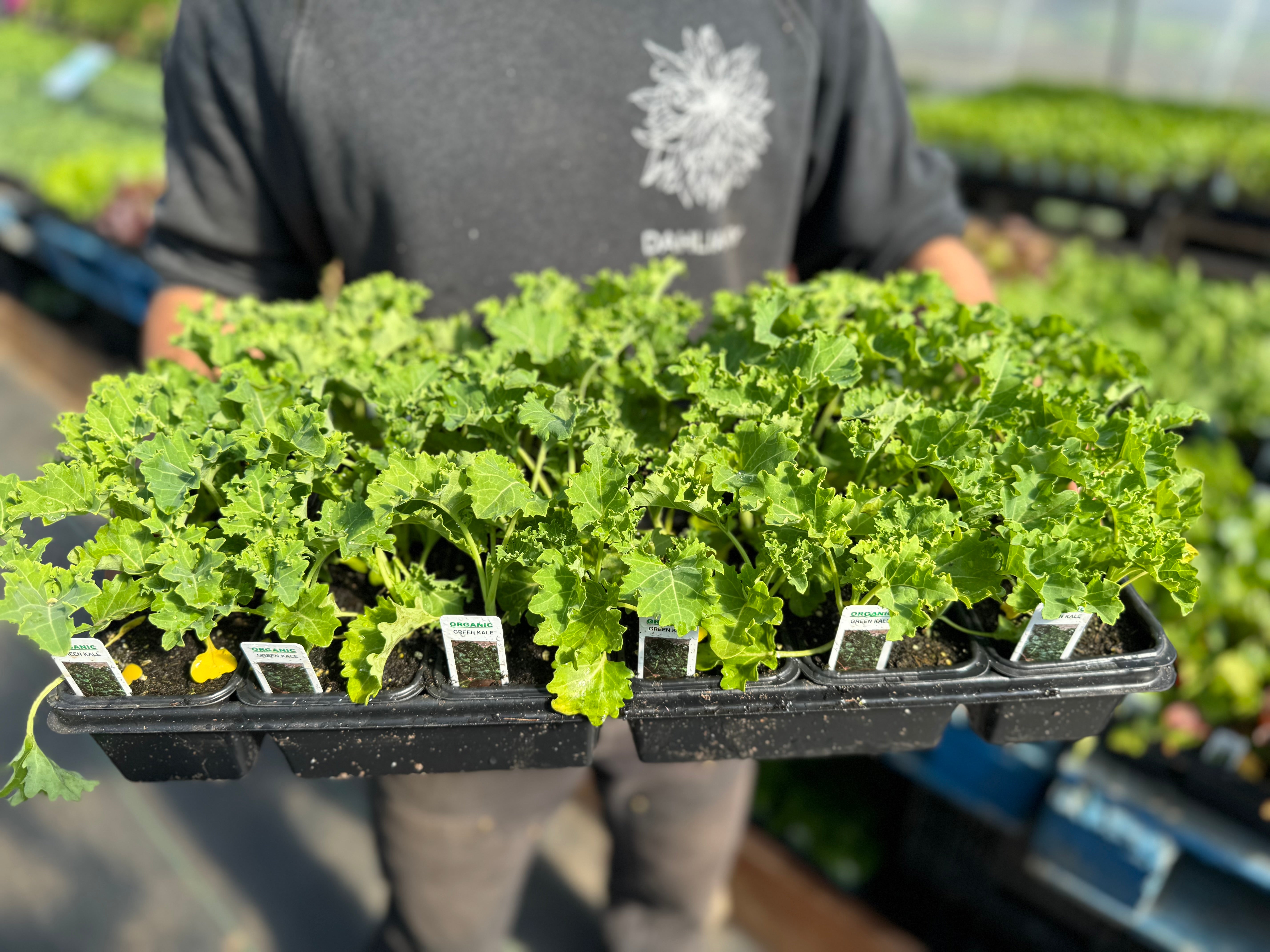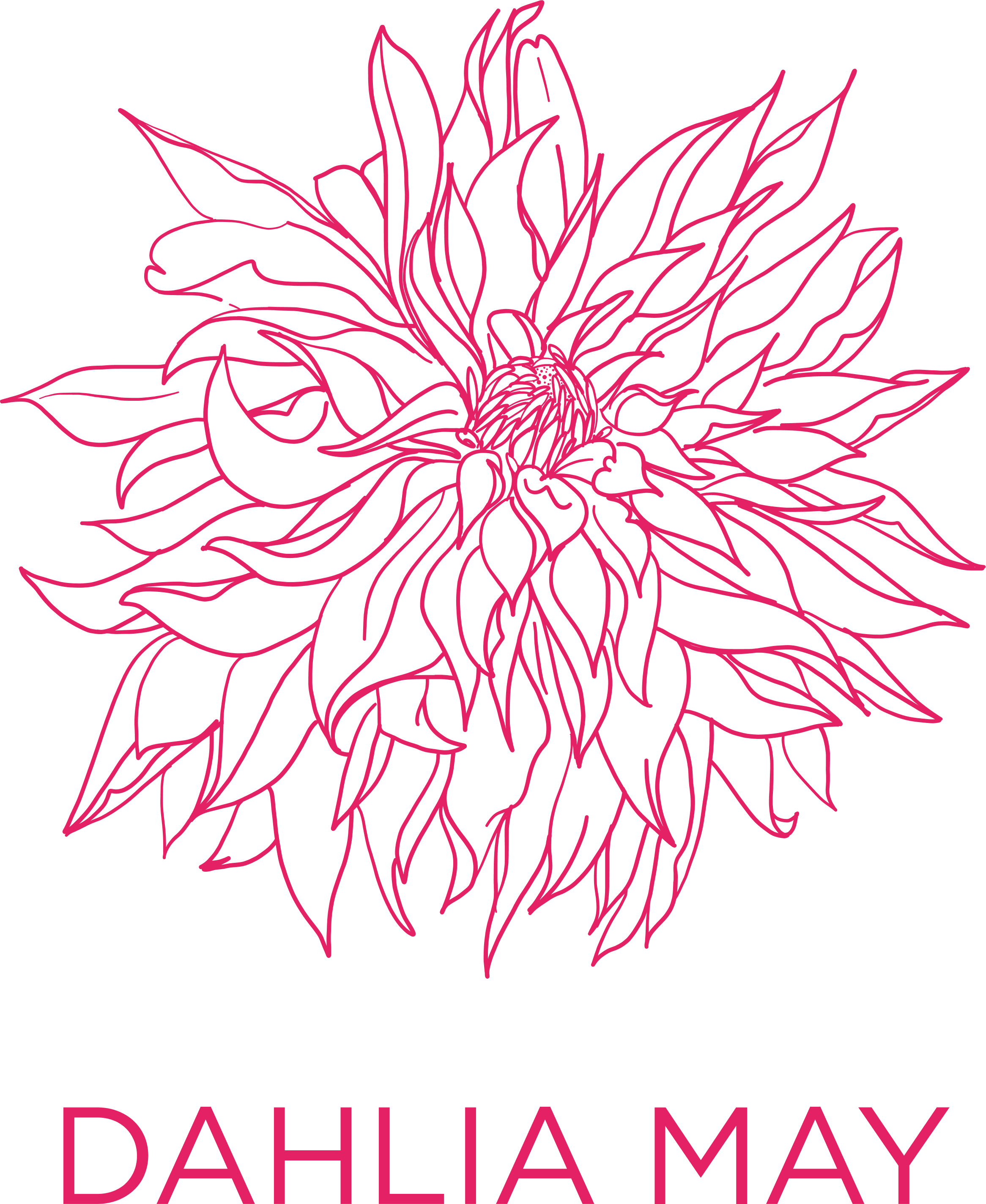



Kale Seedlings
Kale plants have large, sturdy leaves that grow in a rosette formation. The leaves are typically dark green, but there are also varieties with purple or blue-green leaves. The leaves have a slightly wrinkled or curly texture, although there are also flat-leaf varieties available. The plant can grow to a height of 2-3 feet (0.6-0.9 meters) and has a thick, fibrous stem.
Kale is often referred to as a superfood due to its exceptional nutritional profile. It is rich in vitamins A, C, and K, as well as minerals like calcium, potassium, and iron. Kale is also a good source of dietary fiber and contains beneficial plant compounds like antioxidants and phytochemicals.
Tips on how to grow Kale:
1. Planting: Kale is a cool-season crop that thrives in temperatures between 60-70°F (15-21°C). It prefers well-drained soil that is rich in organic matter. Kale can tolerate some shade but grows best in full sun. It is a hardy plant that can withstand frost and even improve in flavour after exposure to cold temperatures. Space your seedlings about 12 inches apart. Plant kale in early spring for best results.
2. Soil: Kale prefers well-drained soil that is rich in organic matter. Amend the soil with compost or well-rotted manure before planting to improve fertility and drainage.
3. Sunlight: Kale thrives in full sun but can tolerate some shade. Aim for at least 6 hours of direct sunlight per day for optimal growth.
4. Watering: Keep the soil consistently moist but not waterlogged. Water deeply once or twice a week, depending on the weather and soil conditions. Avoid overhead watering, as it can promote disease. Mulching around the plants can help retain moisture and suppress weeds.
5. Fertilizing: Kale is a nutrient-hungry plant and benefits from regular fertilization. Apply a balanced fertilizer, such as a 10-10-10, according to the package instructions. Alternatively, you can use organic fertilizers like compost or fish emulsion.
6. Harvesting: Kale leaves can be harvested when they reach a usable size, usually around 8-10 inches long. Harvest by cutting the outer leaves, leaving the inner ones to continue growing. Younger leaves tend to be more tender and flavorful. Avoid harvesting all the leaves at once to allow the plant to continue producing.
Our Varieties:
Green Kale
Green flavour is a variety of kale that is characterized by its curly or crinkled leaves. It is one of the most common and widely available types of kale and is known for its robust flavour and nutritional benefits. Green kale has dark green leaves that are curly or crinkled in texture. The leaves grow in a rosette formation, with the outer leaves being larger and more mature than the inner ones. The plant can reach a height of 2-3 feet (0.6-0.9 meters) and has a thick, fibrous stem.
Red Kale
Red kale is a variety of kale that is characterized by its deep red or purple leaves. It is a popular choice among gardeners and home cooks for its vibrant color and mild flavor. Red kale has leaves that range in color from deep red to purple. The leaves are typically flat or slightly ruffled, and they have a softer texture compared to curly kale. The plant grows in a rosette formation, with the outer leaves being larger and more mature than the inner ones. The stems of red kale are also red or purple.


